
cafebabel.com photographers hunt crisis in EU cities
Published on
Between 2009-2010, photographers captured the waning economic crisis in images in various cities across Europe. They exploited Polish, German and Hungarian public spaces, but also the French or Italian people and the Romanian or Lithuanian positive initiatives within them. Perspective
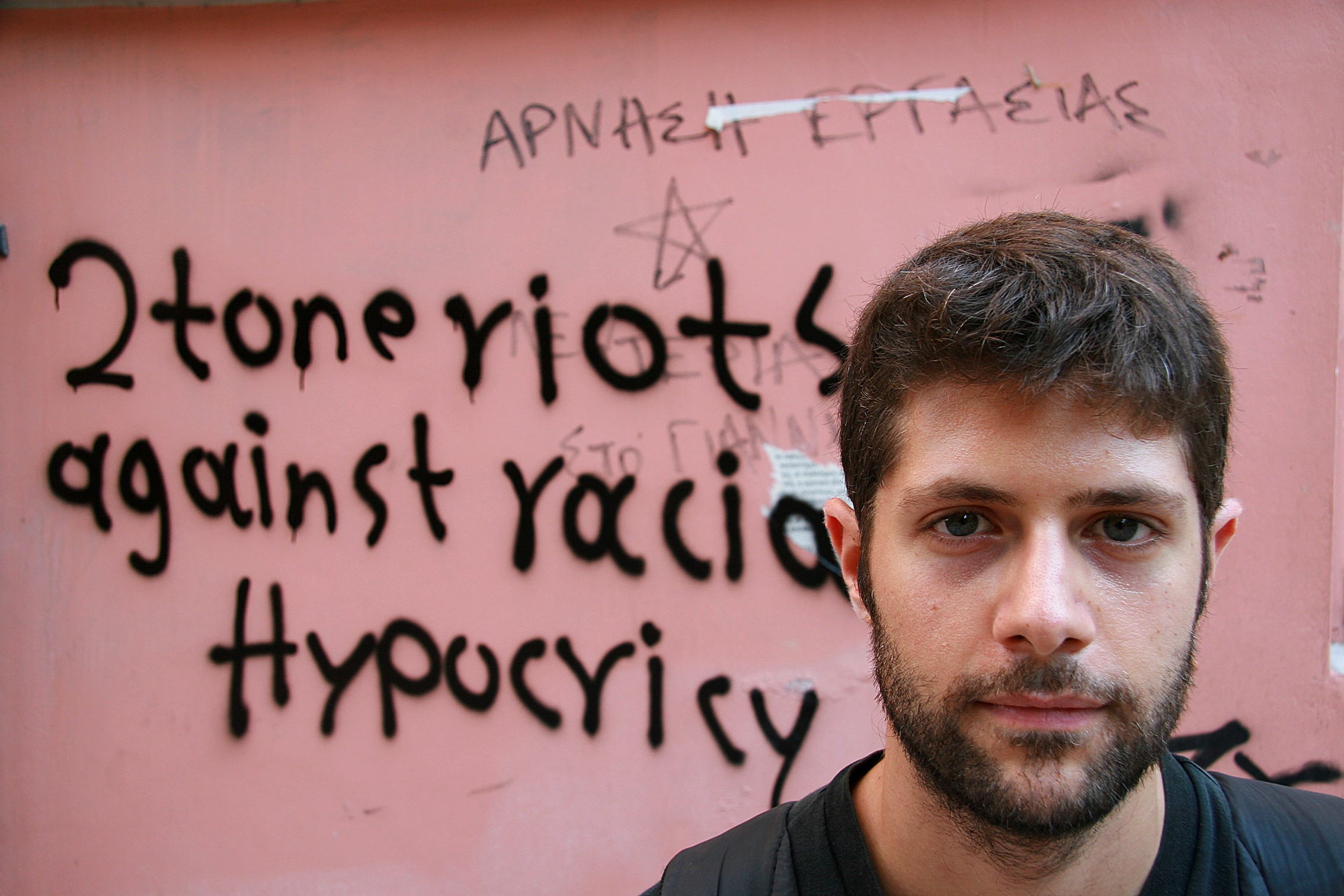
July 2010. The crisis in Europe is most easily regarded through the continent's 'outsiders', who are often the best 'insiders'. The Greeks are the most qualified graduates in Europe, but the least paid. Romanian photographer Dana Cojbuc meets the affected gang on the streets of the capital's alternative, trendy district. See the full 'Youths in Exarchia: 700 euro generation' slideshow (Image: ©Dana Cojbuc)
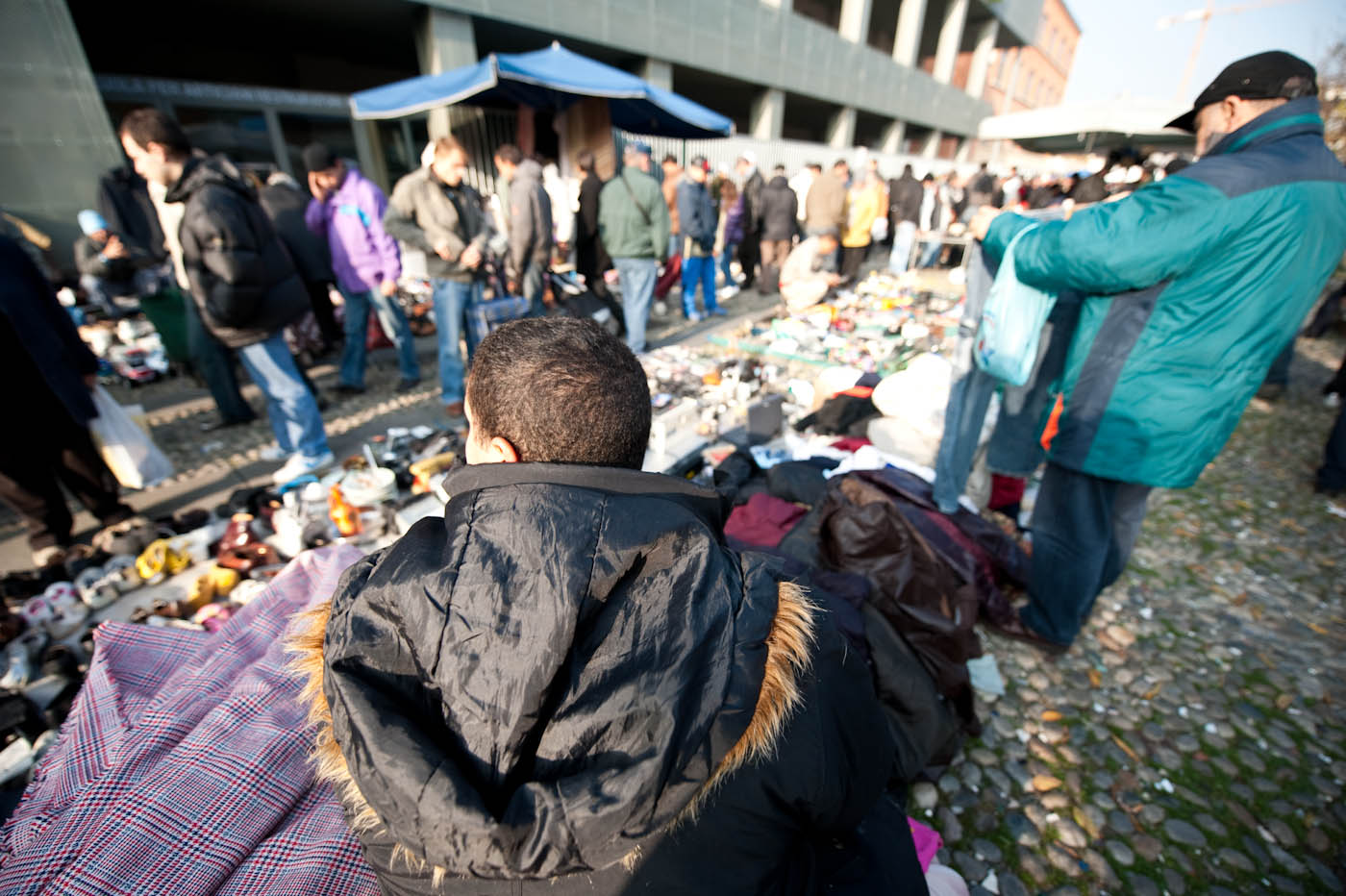
December 2009. Turin’s flourishing economy has attracted thousands of immigrants from all over the world. View from a less-trendy, though important district. See the full 'Immigrants during the crisis in the streets of Turin' slideshow (Image: ©Greg Fonne/ g-fonne.com)
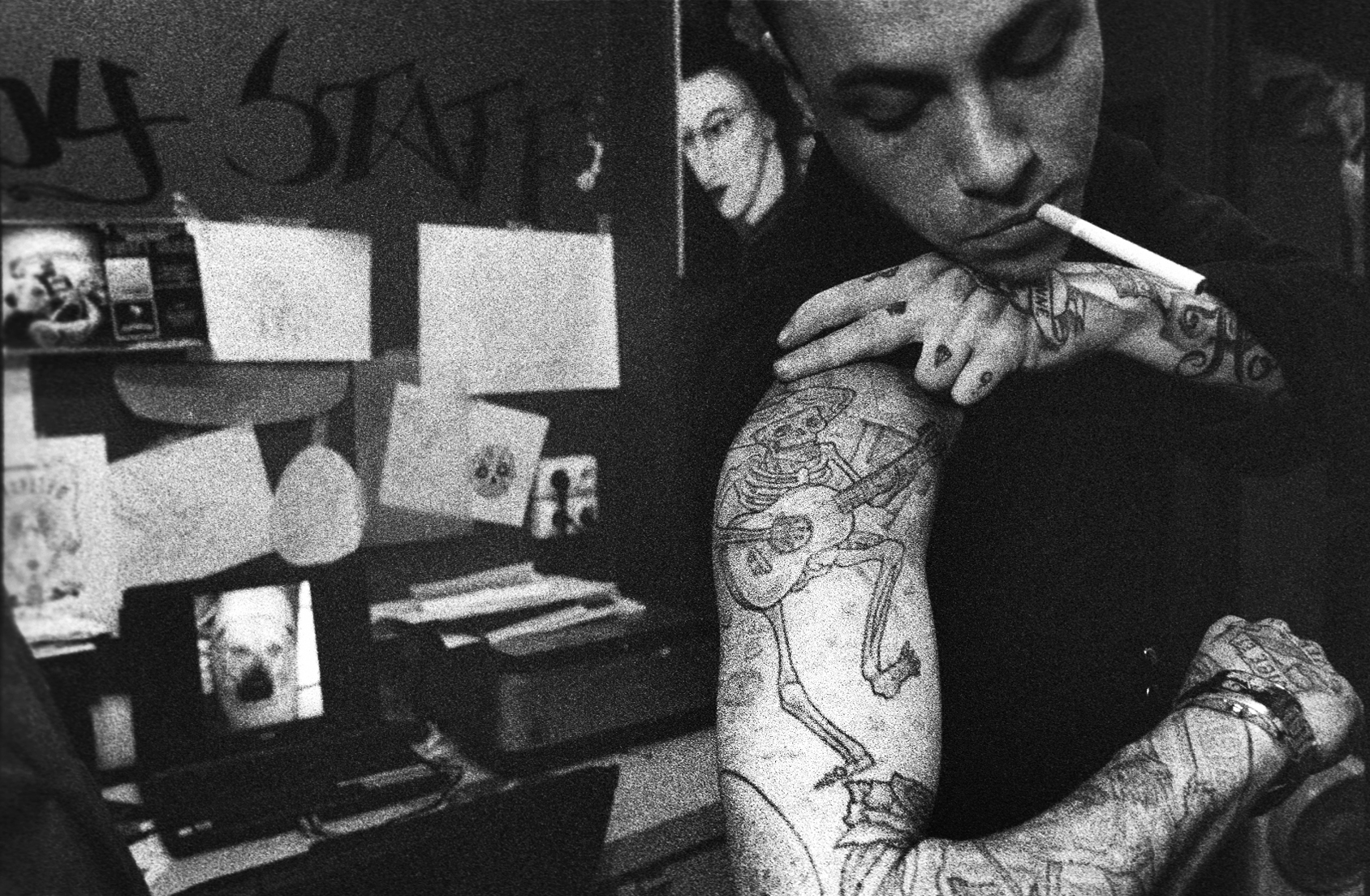
March 2010. Paris' outsiders are often judged to be on the periphery of the city. There, Ljubljana-based photographer Simon Chang finds claims for a wealth of multicultural diversity unique to France. See the full 'Seine-Saint-Denis: tattoos, boxing and hip hop in Paris suburbs' slideshow (Image: ©Simon Chang/ simon.chinito.com/)
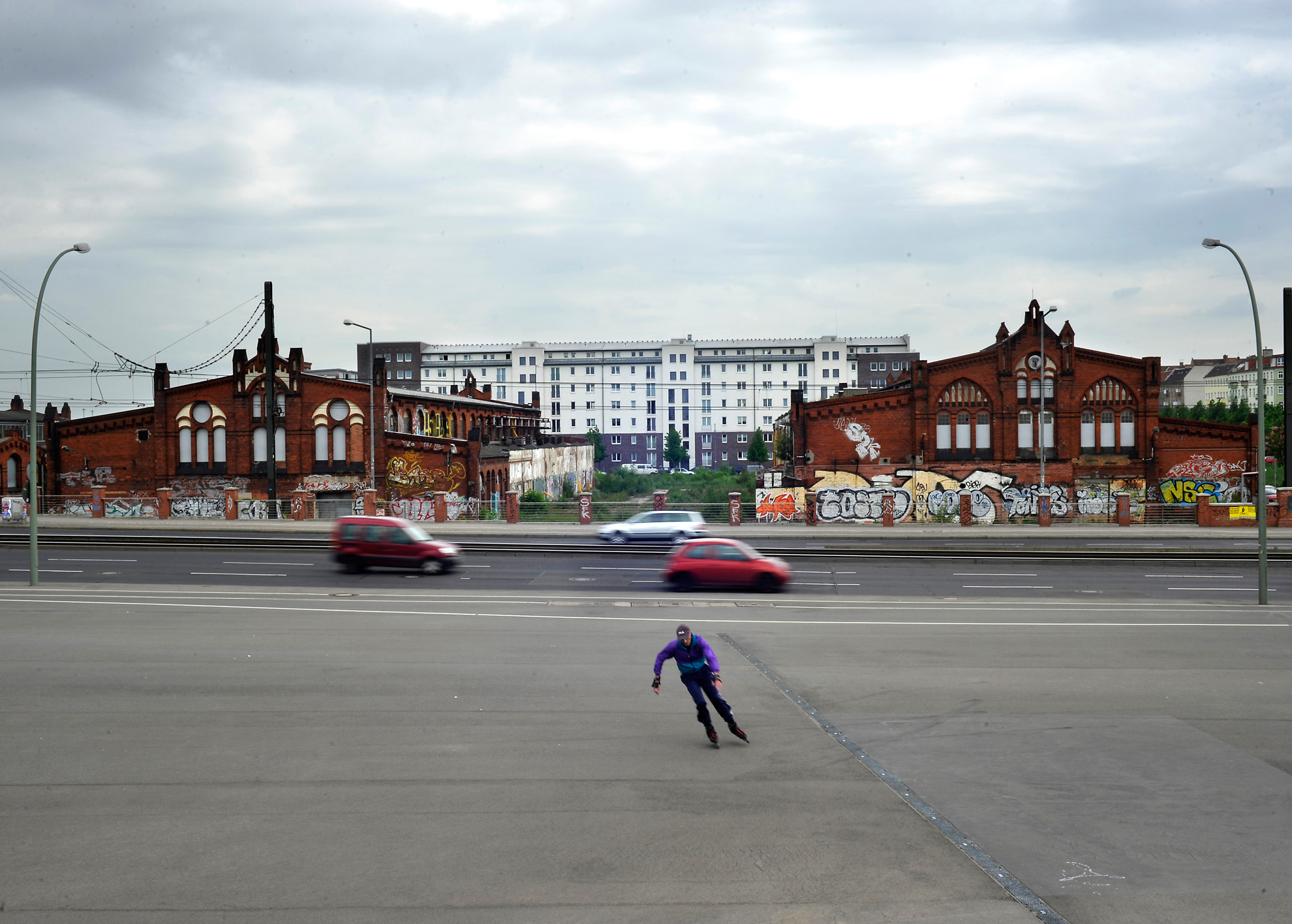
June 2010. British photographer David Tett defines places of anonymity in the modern world. Crises in the German capital are left to the city's solitude of space. See the full 'Berlin: public places, non-places' slideshow (Image: ©David Tett/ davidtett.com)

April 2010. From slum-like neighbourhoods to the metro, French photographer Damien Sueur brings light to the most sombre parts of the Hungarian capital. See the full 'Budapest: poverty, Roma and the neighbourhoods' slideshow (Image: ©Damien Sueur/ damienrayuela.fr/)
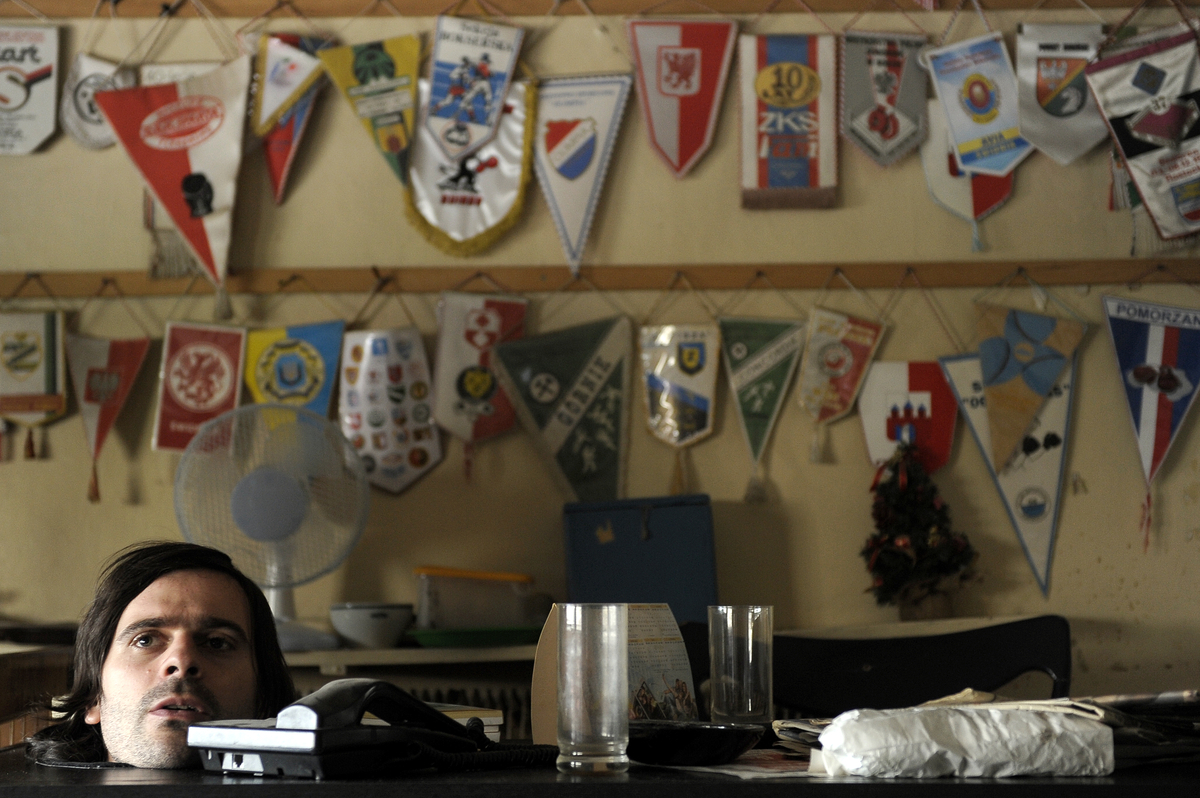
June 2010. The crisis is viewed from private places too. 'X apartments' is a theatrical tour making pitstops in Warsaw's private apartments, affording a different view of the capital and the crisis through short plays. See the full 'X-apartments: short plays in people's homes in Warsaw' slideshow (Image: ©Ezequiel Scagnetti/ ezequiel-scagnetti.com)
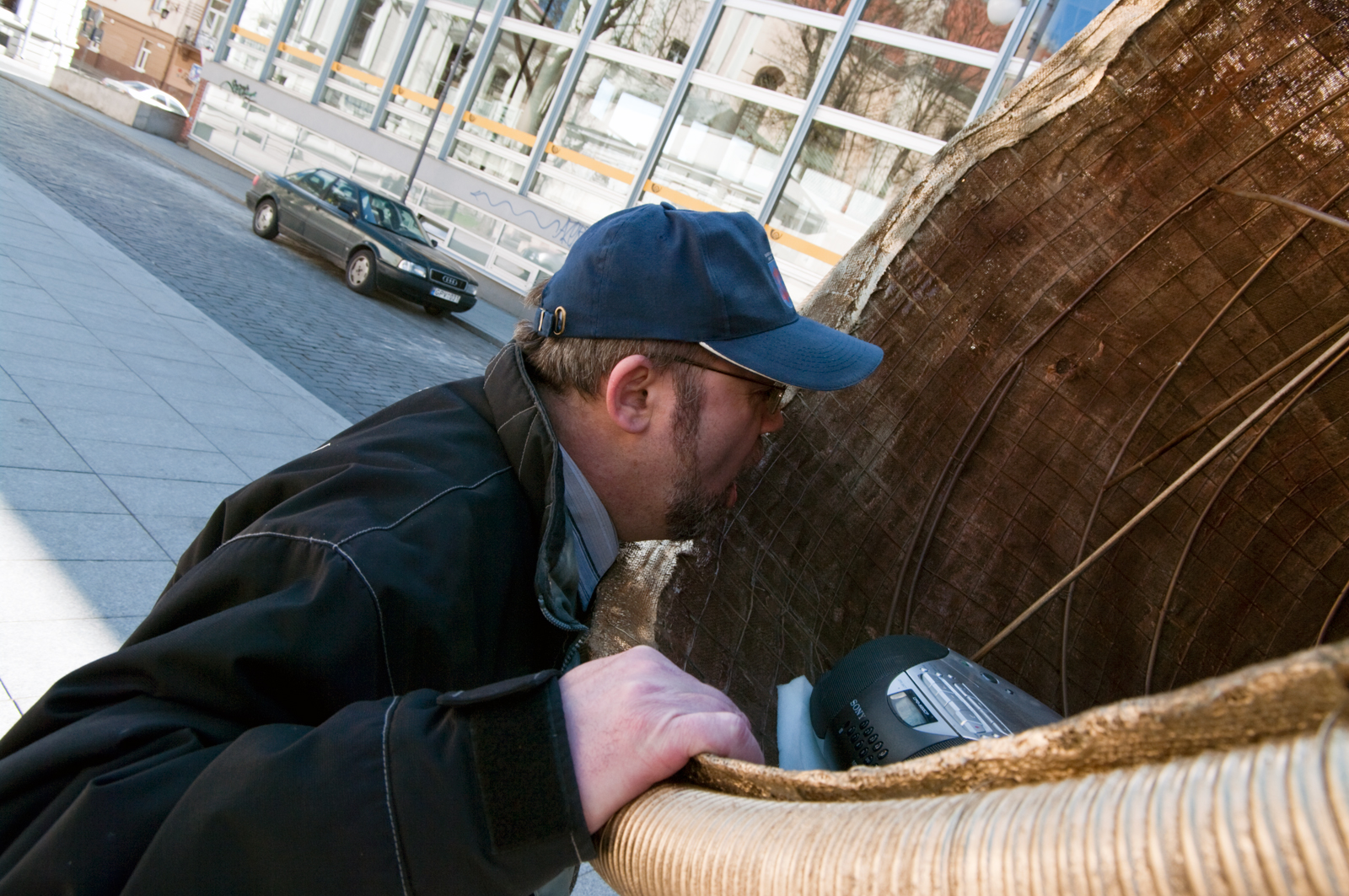
April 2010. Tracing the crisis in Europe eventually leads to the theme of the 'green-ness' of the urban environment. The crisis has taken a heavy toll but the Lithuanian capital still abounds with many affordable forms of entertainment and public initiatives - this ma shouts his 'shitas' out. See more from the 'Shout and ride your ‘shitas’ out in Vilnius' slideshow (Image: ©James Mulholland)
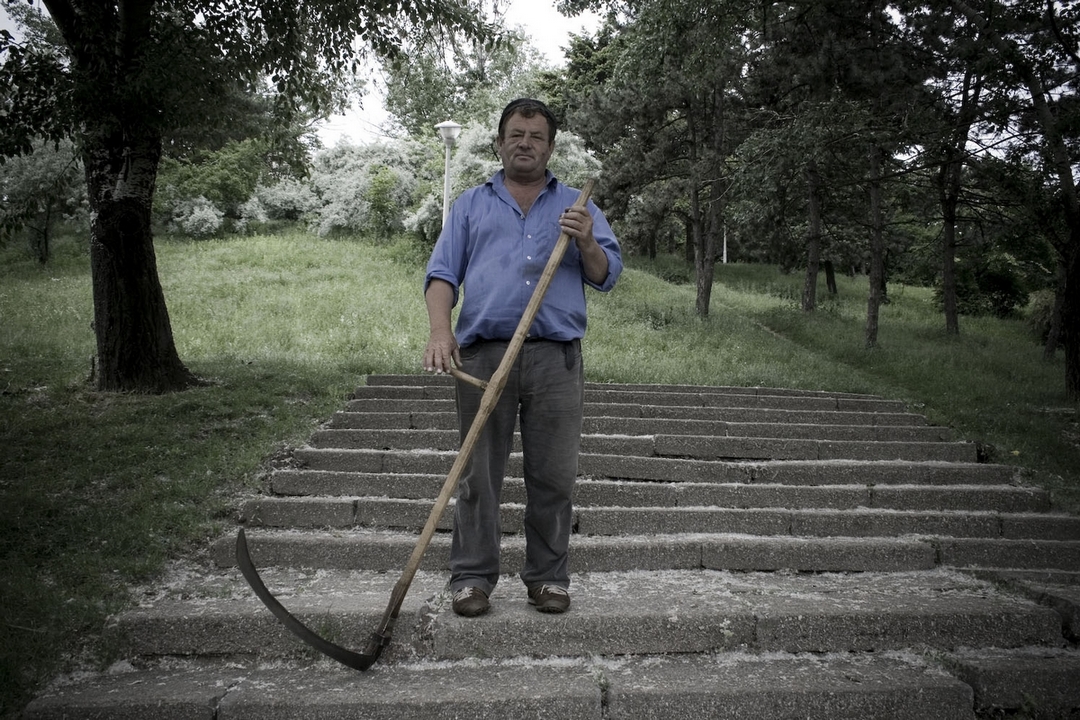
May 2010. Idem in Bucharest. French photographer Anne-Lore Mesnage identifies instances of people working on recycling, cycling and organic cotton initiatives, which force the Romanan capital into being more environmentally conscious. This worker gets reaperish. See more from the 'Sickles and the city: Bucharest gets sustainable' slideshow (Image: ©Anne-Lore Mesnage/ anneloremesnage.com/)

April-May 2010. Lastly of course, there was looking for the crisis where it hasn't existed in Europe. Austrian locals talk about a powerful and wealthy state which intervened early on and absorbed the crisis-shock. See the full 'Hunting the crisis in happy Vienna' slideshow (Image: ©Lucian Stanescu/ blog.stanescoo.com)



